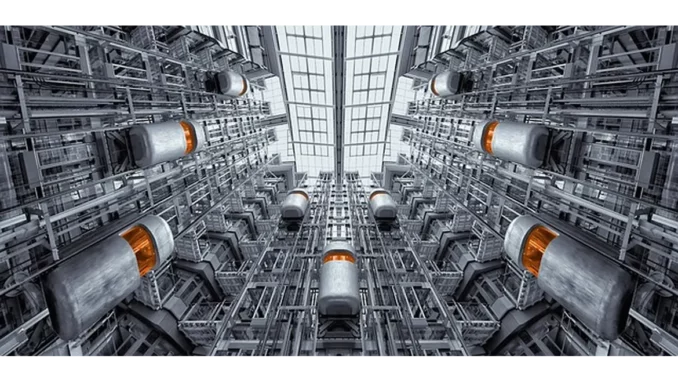
As the digital age progresses, the challenge of storing vast amounts of data securely and sustainably has become increasingly critical. In a recent interview with data storage expert Dr. Samuel Green, we explored the promising potential of Diamond Storage as a Service (DSaaS), focusing particularly on its protocols for data transmission, earth-based storage redundancy, and the enhancements in storage density through advanced encoding techniques.
Dr. Green, a seasoned professional in data technologies with a keen interest in emerging storage solutions, offered valuable insights into how DSaaS could revolutionise data management. “The sheer durability and unique characteristics of diamond make it an exceptional candidate for long-term data storage,” Dr. Green explained. “We’re talking about potentially storing data for millennia, which is unprecedented with current technologies.”
The Development of Protocols for Data Transmission
One of the key aspects of DSaaS is the development of robust protocols for data transmission and earth-based storage redundancy. Dr. Green explained that these protocols are designed to ensure that data can be swiftly and securely transmitted to and from storage units and that multiple copies of data can be distributed across different geographic locations to mitigate risks associated with natural disasters or other catastrophic events.
“Imagine having a system where your data is not only stored in the virtually indestructible medium of diamond but is also redundantly backed up in multiple locations across the globe,” Dr. Green said. “This level of redundancy is akin to having a digital insurance policy that guarantees data integrity and availability.”
Advancements in Storage Density Through Advanced Encoding Techniques
Dr. Green also highlighted the advancements in storage density achievable through cutting-edge encoding techniques. “We are leveraging methods such as nitrogen-vacancy centres and laser writing to maximise the amount of data that can be stored within a single diamond,” he noted.
These advanced techniques allow for an impressive increase in storage density. “We’re looking at achieving densities that could reach petabyte levels within a cubic inch of diamond,” Dr. Green stated, clearly excited about the implications. This represents a dramatic leap from conventional storage methods, offering a solution to the growing demand for space-efficient data storage.
Cost Considerations and the Road Ahead
Despite the promising technological advancements, Dr. Green acknowledged the challenges related to the cost of DSaaS. “Currently, the cost of producing high-purity synthetic diamonds and the specialised equipment needed for data encoding and retrieval remains high,” he admitted. “However, as with any technology, we expect these costs to decrease over time with further research, development, and economies of scale.”
Dr. Green was optimistic about the future of DSaaS, suggesting that as the technology matures, it will become increasingly accessible to a broader range of users. “The potential applications are vast, from scientific research and cultural preservation to personal data archiving,” he said. “We are on the cusp of a new era in data storage, one that promises not only to meet but exceed our current needs.”
Looking Forward
As we concluded our conversation, Dr. Green emphasised the transformative potential of DSaaS. “This isn’t just about storing data,” he pointed out. “It’s about ensuring that our digital legacy — all the information and memories that define our era — is preserved and protected for future generations.”
While DSaaS is still in its early stages, the developments in protocols for data transmission, storage redundancy, and encoding techniques suggest a promising future. As these technologies continue to advance, DSaaS could very well become a cornerstone of our digital infrastructure, offering solutions that align with the ever-growing demands of our data-driven world.
Rhoda Pope

